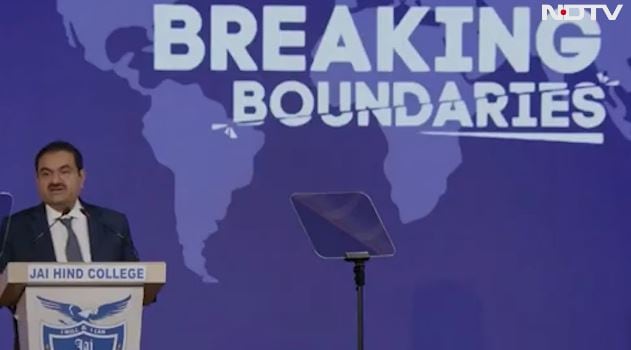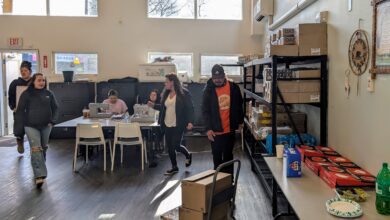
Gautam Adani, the chairman of the Adani Group, today underscored the need to see “beyond the present”, which, he said, is the only way to a better tomorrow. As an example, he cited the times he had broken barriers – starting with his decision to put an end to studies at the age of 16 and go to Mumbai to seek his fortune.
Speaking at Mumbai’s prestigious Jai Hind College on a special Teachers’ Day Event, “Breaking Boundaries”, Mr Adani counted the times he had broken boundaries and how it had paid off. The second time was when he started importing polymers as former Prime Minister Rajiv Gandhi started the move towards economic liberalization and eased import policies.
The third big occasion he did so, was to rethink the use of a 40,000-acre marshy land in Kutch that was originally acquired to manufacture salt. It was supposed to happen with as part of a partnership with global commodities trader Cargill.
“While the partnership did not materialize, we were left with about 40,000 acres of marshy land and approval to build a captive jetty at Mundra for the export of salt,” he said. But what others saw as marshy barren land, “we saw as a canvas waiting to be transformed”.
That canvas is now, by far, the nation’s largest port, he said.
“Mundra today hosts India’s largest port, the largest industrial Special Economic Zone, the largest container terminals, the largest thermal power plant, the largest solar manufacturing facility, the largest copper plant, and the largest edible oil refinery. And yet, we’re only about 10 per cent of what Mundra will eventually become.
“It stands as a living monument to the power of integrated business models and the strategic value of adjacencies challenging the very concept of core competencies that the west advocates,” he added.
The future, Mr Adani said, belongs to “those who dare to see beyond the present, who recognize that today’s limits are tomorrow’s starting points”.







